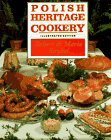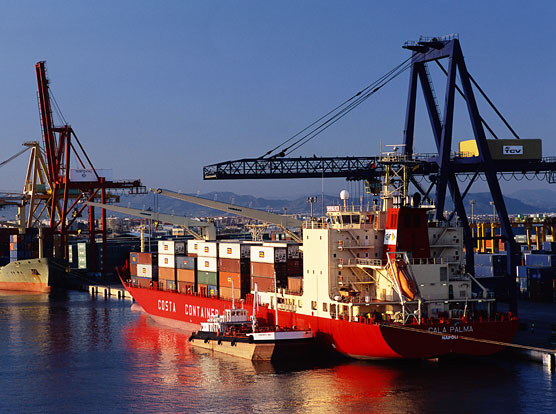 One of the first cookbooks in my collection is also one of my favorites: Polish Heritage Cookery. I came across this heavy tome at a quirky bookstore that once lived on Polk Street, before a fire ravaged the floors above and water rained down upon its randomly, precariously stacked books. The store’s hours were irregular, and those who paid in cash received half off new cover prices. While it was the absolute last place a claustrophobe would want to spend time, Books and Co. was heaven for lovers of books about art, history and food. It epitomized the browsing experience at its most enjoyable.
One of the first cookbooks in my collection is also one of my favorites: Polish Heritage Cookery. I came across this heavy tome at a quirky bookstore that once lived on Polk Street, before a fire ravaged the floors above and water rained down upon its randomly, precariously stacked books. The store’s hours were irregular, and those who paid in cash received half off new cover prices. While it was the absolute last place a claustrophobe would want to spend time, Books and Co. was heaven for lovers of books about art, history and food. It epitomized the browsing experience at its most enjoyable.
Category: History
Cultivating one’s garden
It’s that time of the year again when I wish I had a garden. Little pots on a fire escape give me regular sprigs of thyme and shiso and, if I’m feeling ambitious, I might harvest handfuls of Sweet 100s. It’s nothing, however, like watching tiny pea shoots unfurl into astonishing vines or digging up a stash of potatoes from beneath a dried-up stem.
Continue reading “Cultivating one’s garden”
Of Boats and Boxes
 Fifty years ago…
Fifty years ago…
On April 26, 1956, the freighter Ideal X left port on its maiden voyage. Following the coast from Newark to Houston, the converted WWII tanker didn’t have far to go or much to transport. Yet, its historic cargo would revolutionize the way people around the world eat, dress, live, play and work: On board were 58 of Malcom P. McLean’s standardized shipping containers. Continue reading “Of Boats and Boxes”
How Chicken Became the First White Meat
In 1956, farmers received their first batch of coccidiostat, a drug that fights parasites appearing in large concentrations of chickens and turkeys. Over time, some of those farmers were able to move their backyard flocks into 3-story structures with 30,000 birds a floor, thus finally competing in price with the more efficient beef industry.
One of the most important forces in this change was Max Tishler, a chemist at Merck who led the development of medicines essential to modern husbandry. His invention “made possible a great expansion of the poultry industry and created overnight a new field for research–an event of great magnitude for agriculture.†Tishler’s research in vitamins and hormones led to drugs and vaccines for humans as well as animals, including a family of compounds that led to effective treatment of river blindness, a disease common in undeveloped, tropical countries. To learn more about the state of the poultry industry today, read updates at:
– National Sustainable Agriculture
– The Poultry Site
– The California Poultry Federation
– International Poultry Expo
– PETA
“Did you just feel something, too?”
Before the sun rose on April 18, 1906, an earthquake shook the City of San Francisco. It leveled buildings and, even worse, caused devastating fires that raged for days. Those of us who live near one or two or three fault lines try not to think too much about the probablity of a repeat performance. The local government, on the other hand, has lots of good advice about stockpiling water and stashing away food, enough to carry us through the 72 hours we can expect to wait for help to arrive post-disaster. It’s useful information for folks outside of California, too, like my sister who lives smack in the middle of Tornado Alley or my parents, who are heading off soon to a peaceful retirement on Pine Island…off the Gulf Coast of Florida. Crazy family.